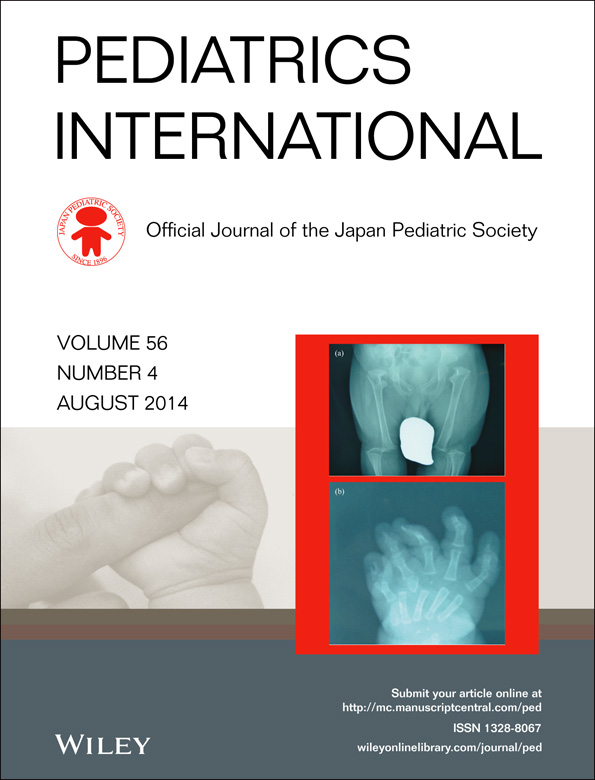Efficacy of deferasirox in children with β-thalassemia: Single-center 3 year experience
Abstract
Background
Iron chelation therapy is an important component in the management of patients with β-thalassemia.
Methods
The study included 87 children with transfusion-dependent β-thalassemia aged 2–17 years (mean, 8.2 ± 4.1 years), 49 (56%) of whom were male. The patients received deferasirox 9–40 mg/kg per day as a single dose for 36 months. They were clinically and laboratory monitored.
Results
The treatment was generally well tolerated. Drug-related adverse events, including abdominal pain (14.9%) and nausea (5.8%), high alanine aminotransferase more than double the upper limit of normal (5.8%), and non-progressive rise in serum creatinine (2.3%), were generally mild to moderate, transient, and reduced in frequency over time. Two patients discontinued treatment due to severe abdominal pain and nausea. Mean deferasirox dose was calculated as 21.2 ± 8.6, 23.7 ± 8.1, 30.7 ± 8.2 and 32.4 ± 7.6 mg/kg per day at 0, 12, 24 and 36 months, respectively. Mean (median) serum ferritin level was found to increase progressively during the first 22 months of treatment, from 3.161 ± 1.683 ng/mL (2.760 ng/mL) to 3.679 ± 1.997 ng/mL (3.071 ng/mL; P < 0.001) and then decreased gradually to 2.907 ± 1.436 ng/mL (2.670 ng/mL; P = 0.023) at 36 months.
Conclusion
Deferasirox is safe and well tolerated; doses 21–24 mg/kg per day were not able to maintain stable iron balance, but ≥30 mg/kg per day was able to reduce iron in regularly transfused pediatric patients.




